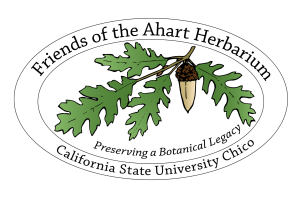The Beauty and Complexity of Evolution
April 21, 2022
7:00 – 8:00 PM (Via Zoom)
Tom Parker
Professor of Biology, Emeritus, San Francisco State University
View the presentation here.
Arctostaphylos is an example of a genus that demonstrates multiple paths to new species. This talk will introduce you to some of those pathways, such as ploidy, hybridization, and allopatry. While manzanitas are probably familiar to you, who are their close relatives and how did manzanitas evolve all their principal adaptations to California’s mosaic of environments?
To begin to answer this question we’ll dive into the history of a small subfamily, the Arbutoideae, of the blueberry/rhododendron/heath family (Ericaceae). Most of the genera in this subfamily occur in California, but only two are in northern California. We have to go to southern California and Baja and Mexico to find three more and explore the stepwise transition in characters that accumulated in Arctostaphylos, as well as the new traits. This turns out to be a story of reciprocal changes in both the abiotic stresses as well as shifts in animal communities.
Tom Parker was a Professor of Biology at San Francisco State University for 40 years before retiring from teaching. He was educated at the University of Texas and the University of California, Santa Barbara. His first job was at Rider College in Lawrenceville, NJ. He is principally an ecologist who works mainly in tidal wetlands and chaparral but stumbled into the evolutionary black hole of Arctostaphylos while working on their ecology. His specialties are aspects of reproductive ecology like seed banks and seedling establishment.
Tom Parker
2017, San Mateo Co., Santa Cruz Mountains
Arctostaphylos montaraensis


